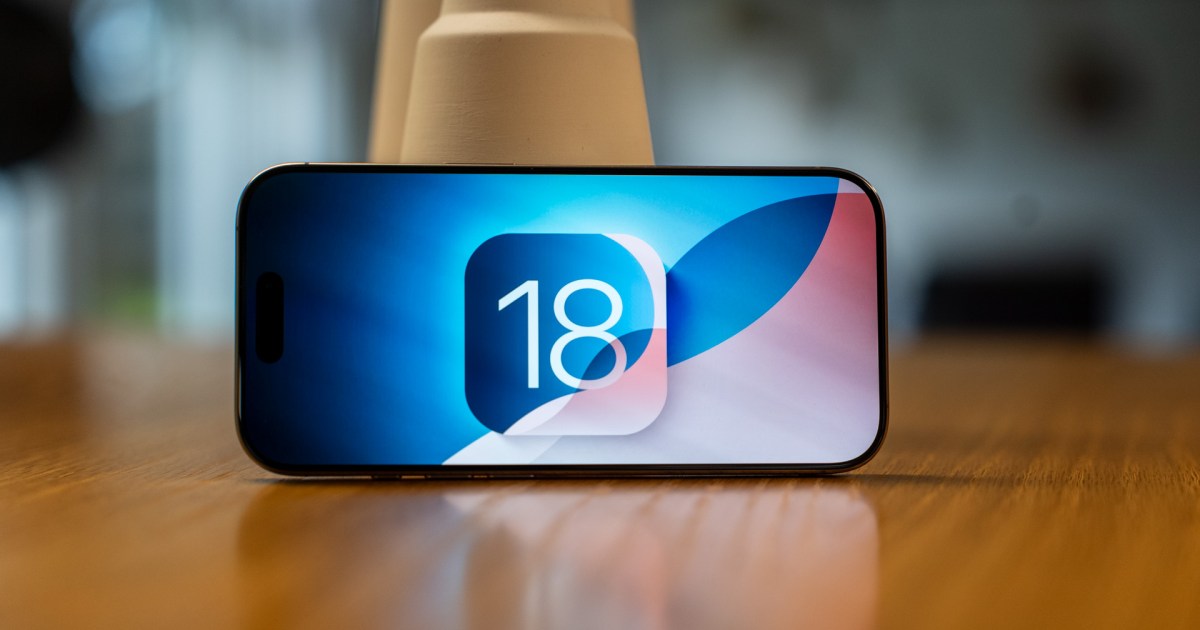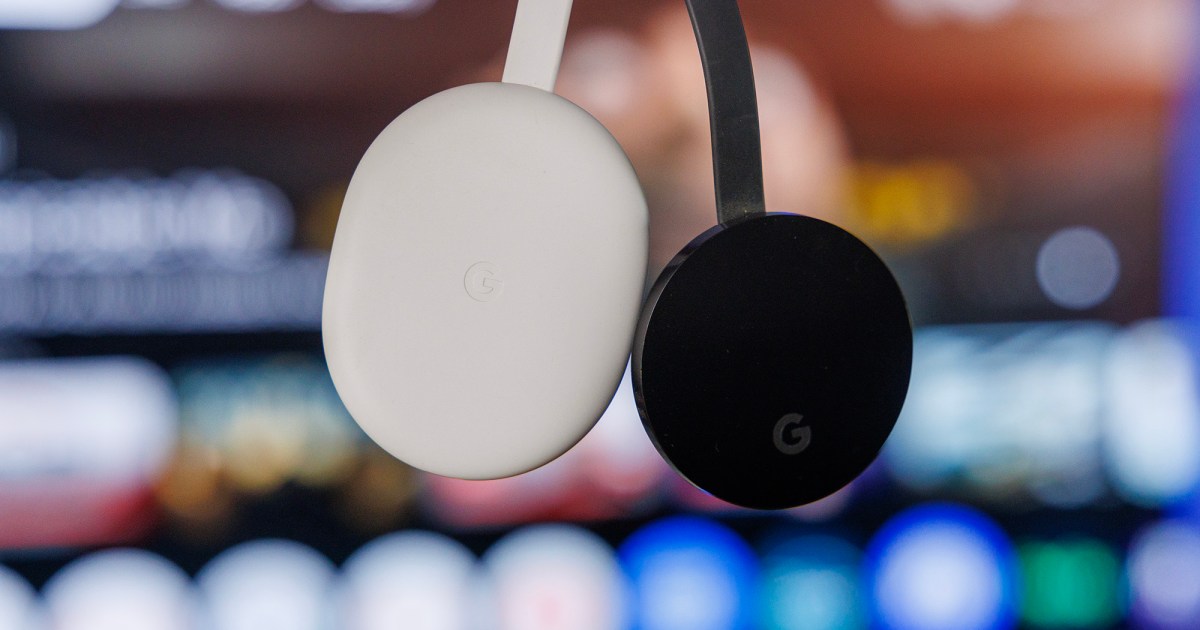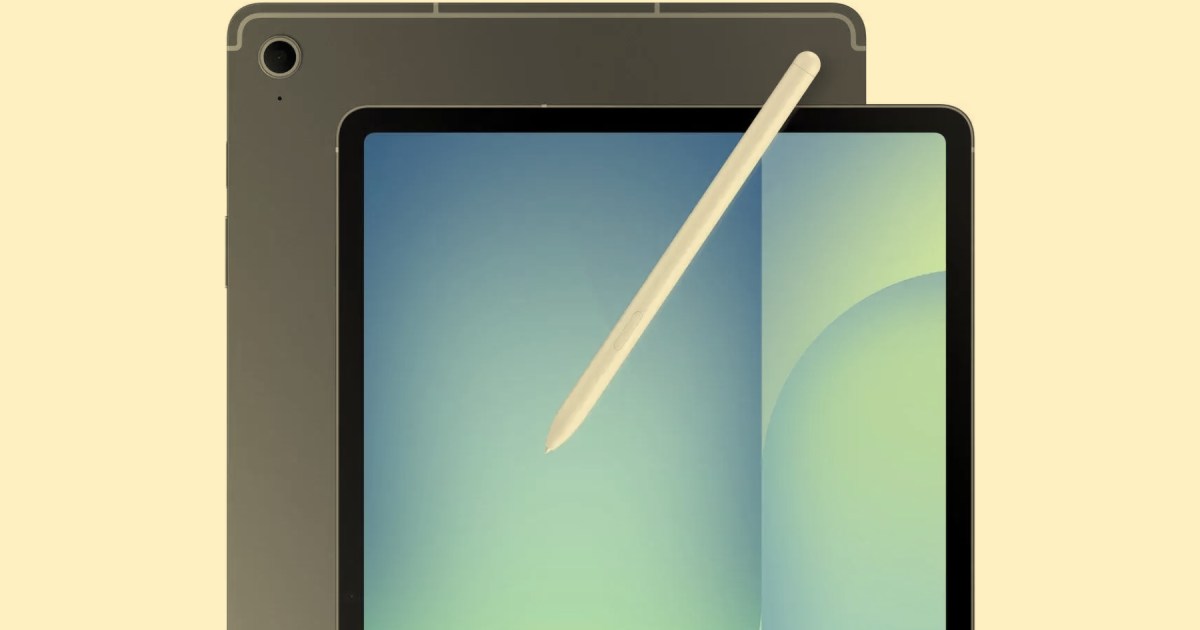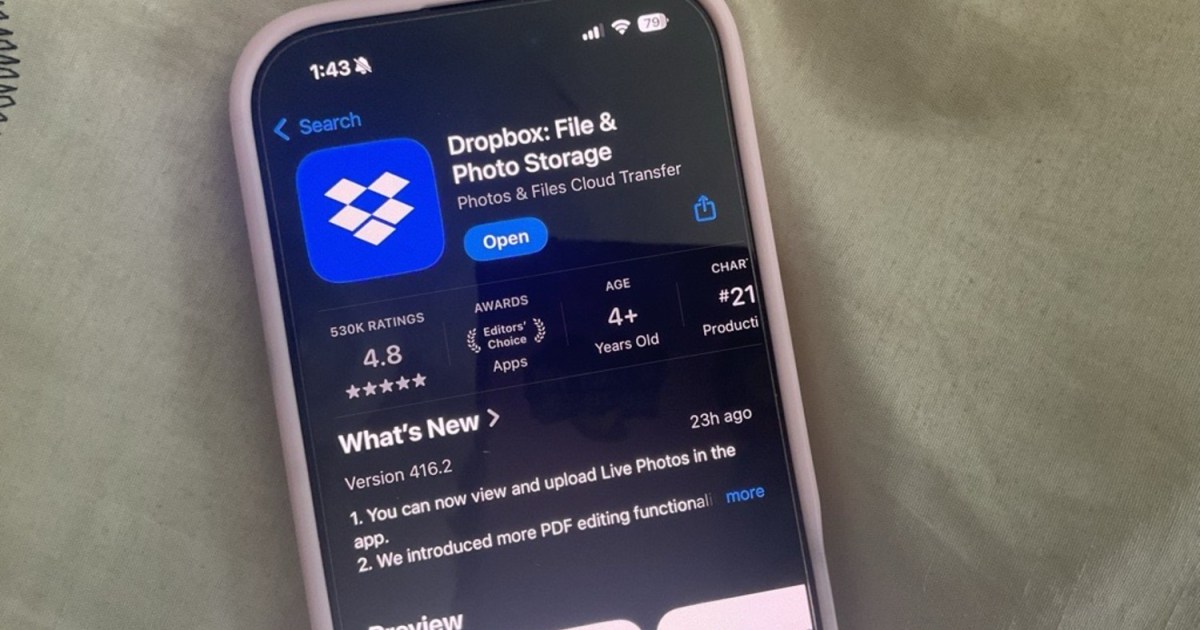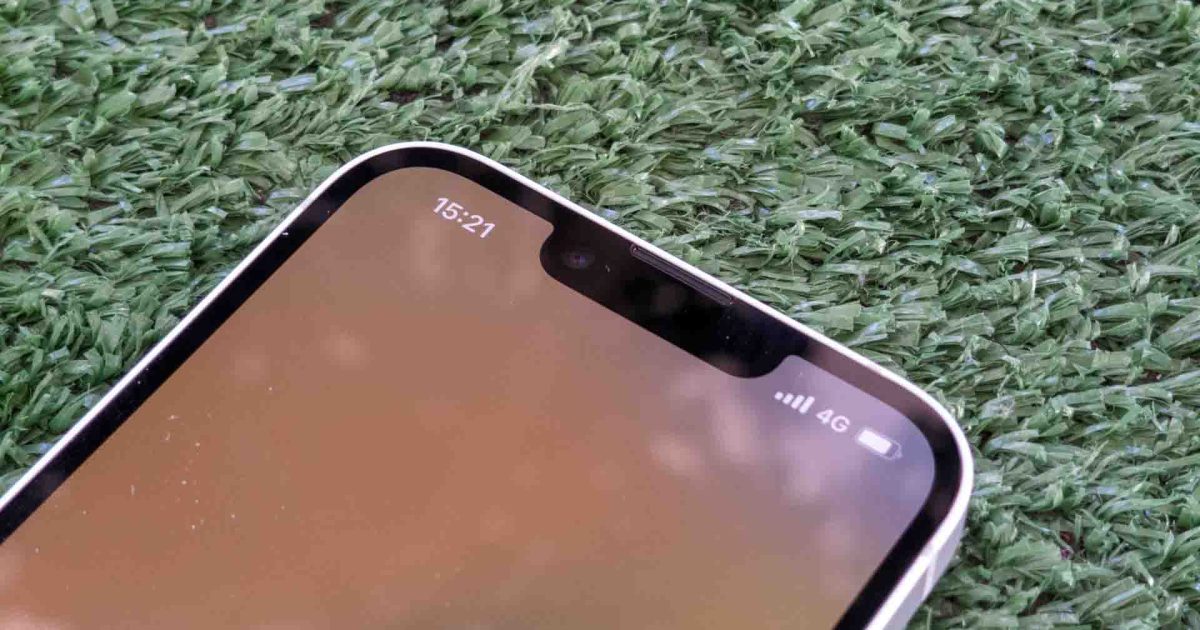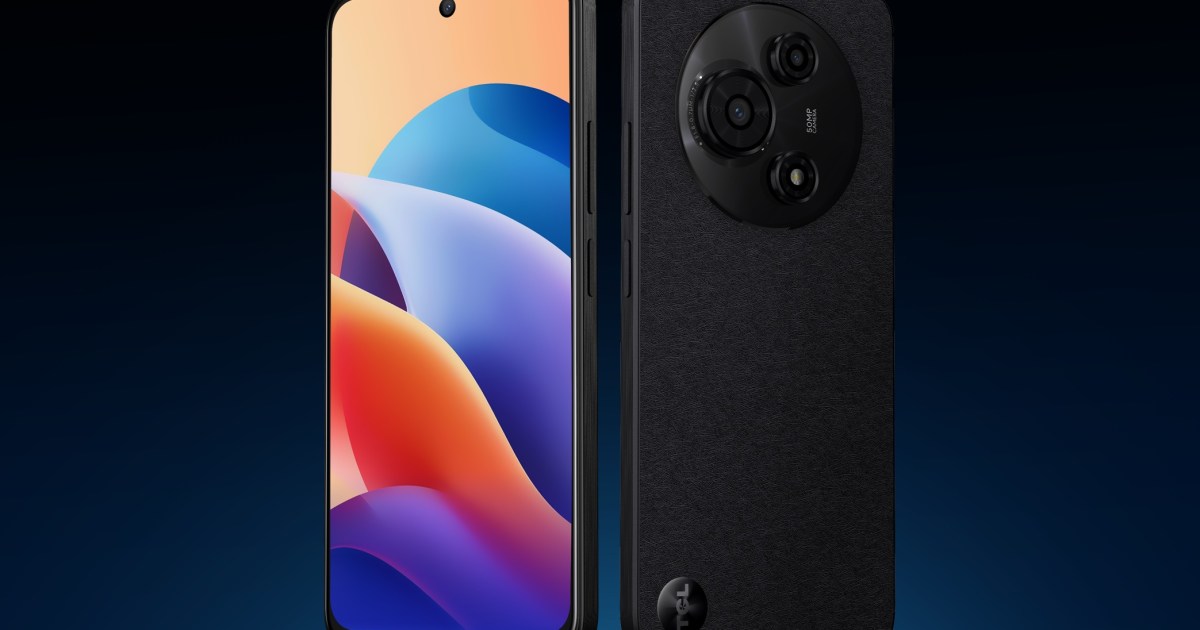The ultra-slim design of the upcoming iPhone 17 Air has generated considerable excitement, but also sparked concerns about its battery life. With a rumored thickness of just 5.5mm and a potential 6.7-inch display, packing sufficient battery capacity into such a compact form presents a significant engineering challenge. How does Apple plan to address this?
Apple analyst Ming-Chi Kuo suggests a solution: high-density battery cells. In a recent post discussing a future foldable iPhone, Kuo mentioned the device will utilize “the same high-density battery cells as the ultra-thin iPhone 17.” This has piqued the interest of Apple enthusiasts, as it implies the iPhone 17 Air could be the first iPhone to incorporate this technology. High-density batteries offer the advantage of storing more energy within a smaller physical space.
While Kuo didn’t disclose specific battery capacity figures, the adoption of high-density battery technology could be crucial in enabling the iPhone 17 Air to deliver acceptable battery life despite its slim profile. MacRumors highlights additional factors that could contribute to improved battery performance, including a power-efficient C1 modem and extra internal space gained by removing the Ultra Wide camera.
These design choices indicate Apple’s commitment to providing a reasonable battery life, a reassuring sign for potential buyers. While an ultra-thin form factor is undeniably appealing, a phone with insufficient battery life would be a major drawback.
Further enhancements to power management and software optimization could also play a role in maximizing battery efficiency. Apple’s history of optimizing hardware and software synergy suggests that these aspects will be carefully addressed.
The official specifications of the iPhone 17 Air, including detailed battery information, are expected to be revealed during its anticipated launch in September later this year. Until then, speculation and anticipation will continue to build around this innovative device.
The move towards high-density batteries could signify a broader trend in smartphone technology, enabling thinner and lighter devices without compromising battery life. This would be a welcome development for consumers seeking both portability and performance.
Ultimately, the success of the iPhone 17 Air will depend on how well Apple balances its sleek design with practical battery performance. The incorporation of high-density battery technology, coupled with other power-saving measures, offers a promising outlook.




